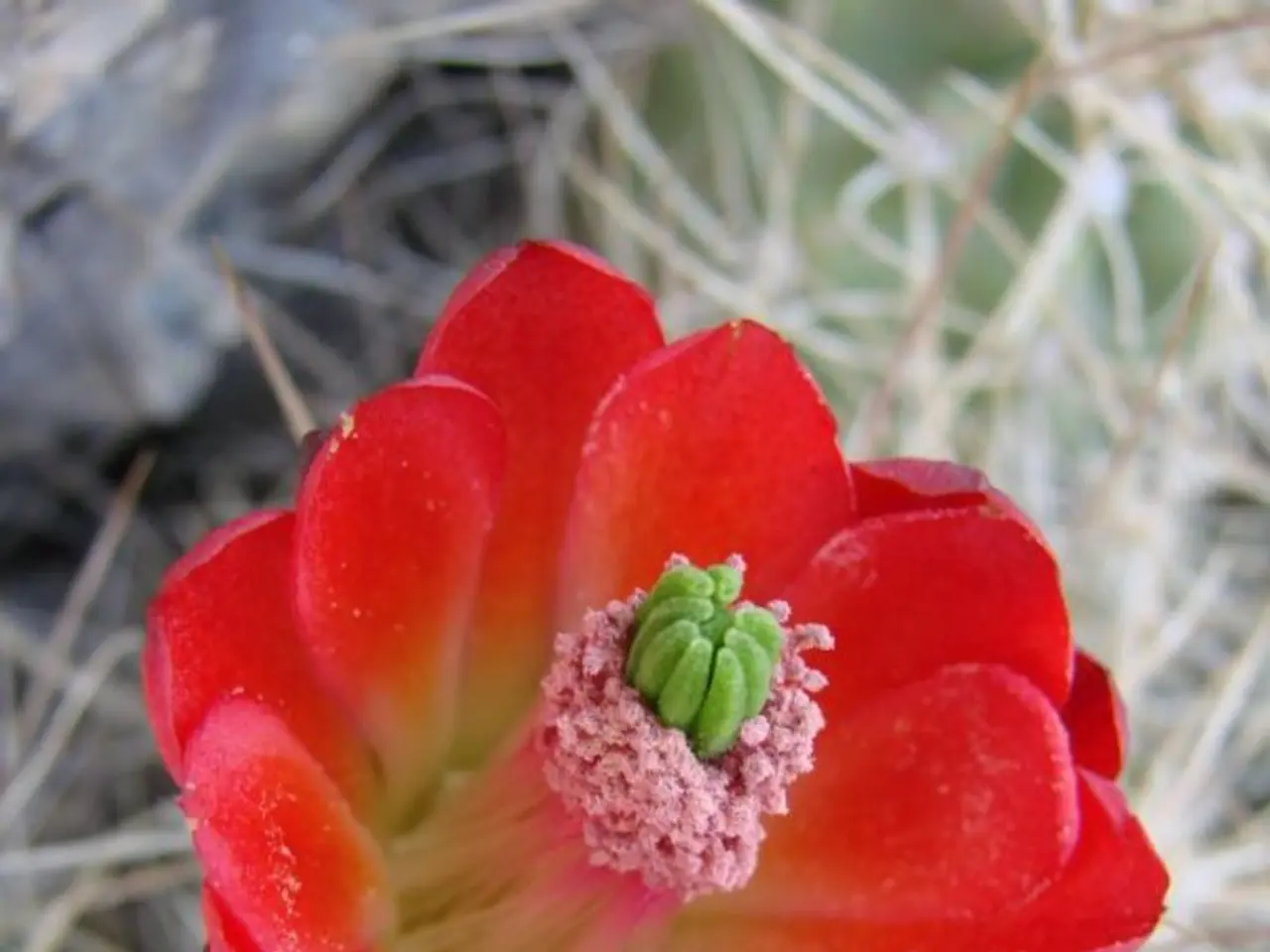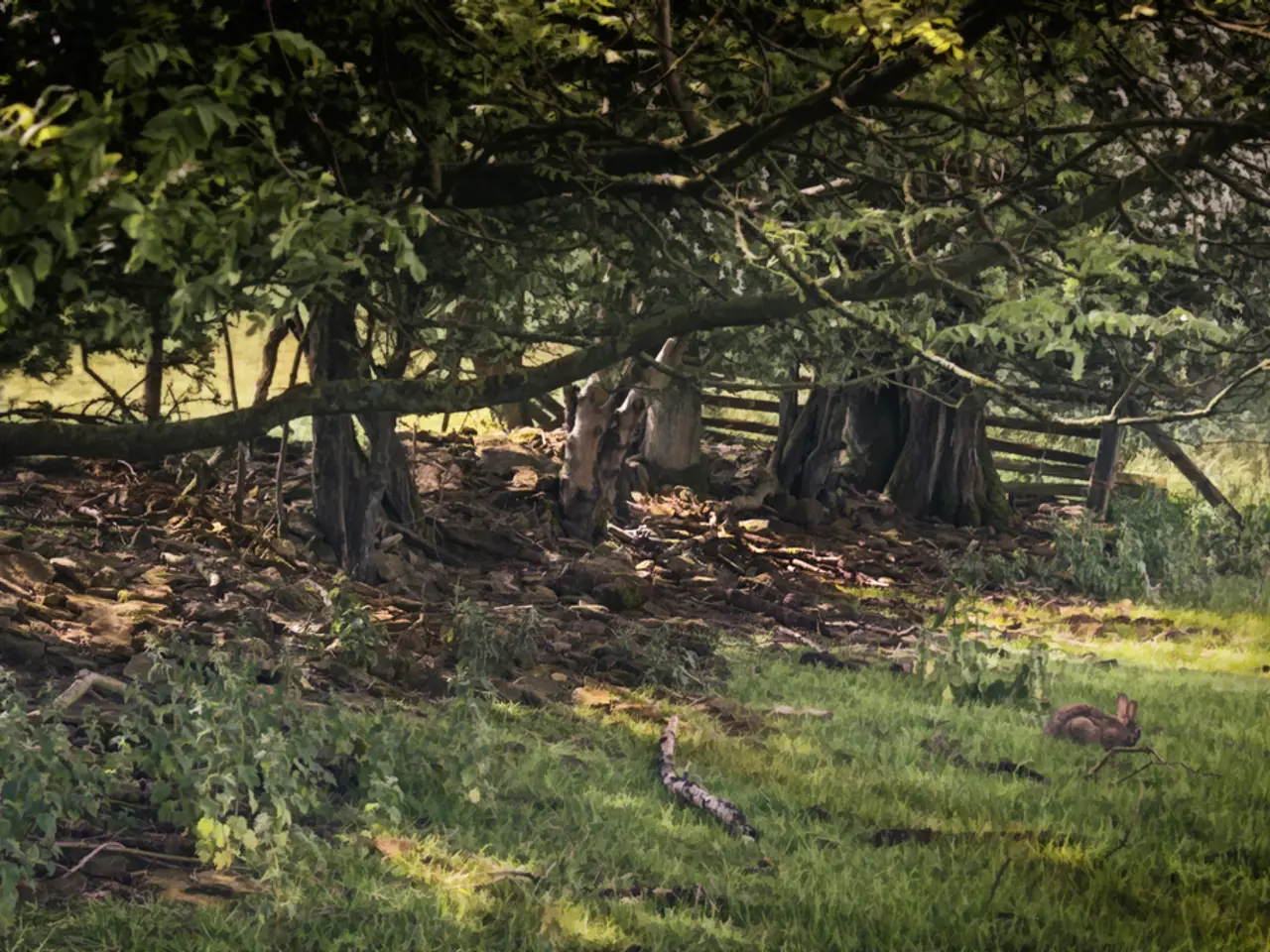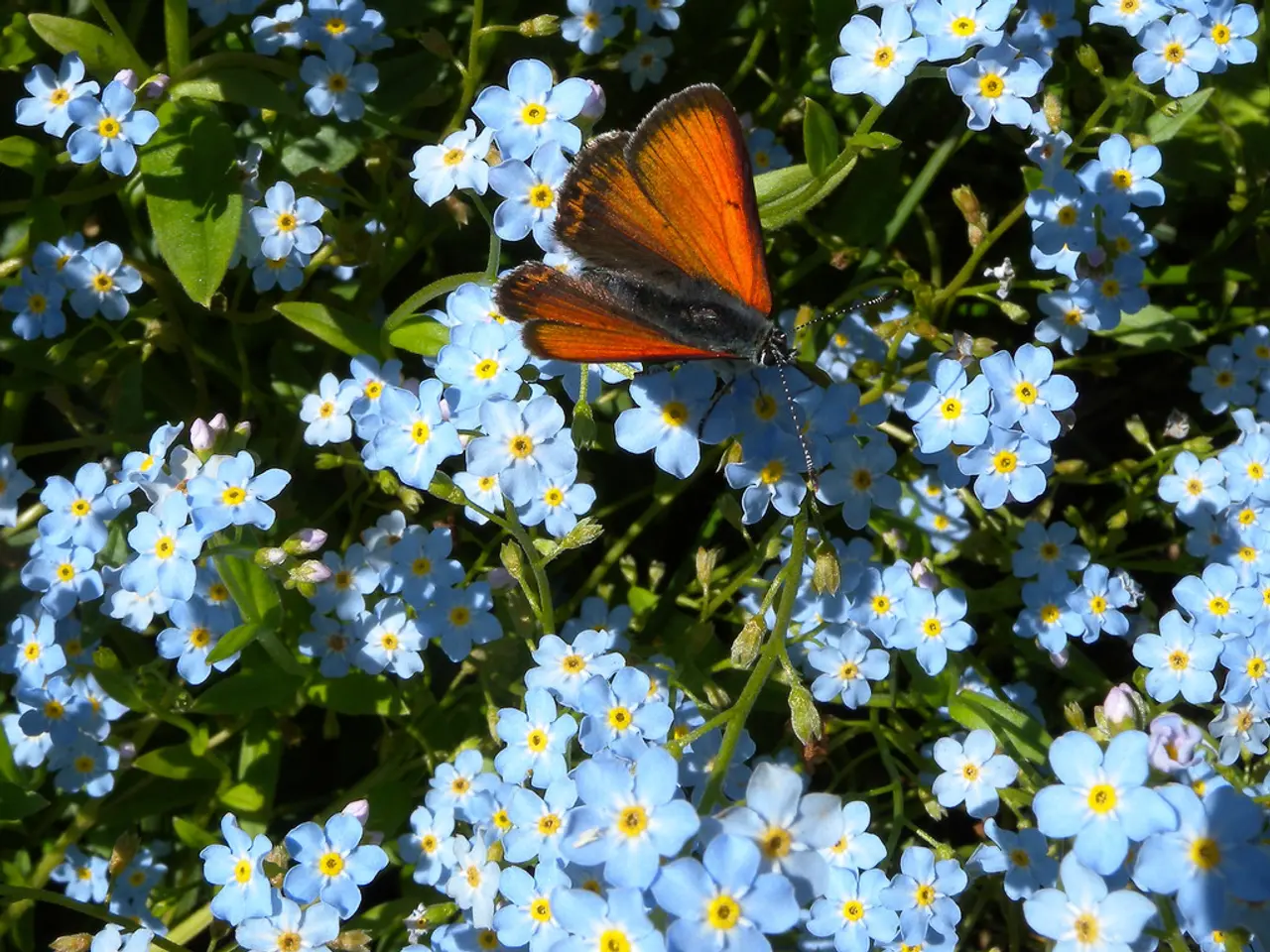Bloom this vivid bloom in your garden from spring all the way through summer; uncover the secrets to nurturing a radiant specimen.
Growing Erysimum, also known as wallflowers, is a fantastic gardening endeavor that brings vibrant, fragrant blooms to your garden from spring through summer. Here are some tips on how to grow and care for these lovely plants.
Where to plant Erysimum
Wallflowers thrive in light, well-drained soil and full sun. A sunny, open spot will bring out the sweet scent of the blooms.
Planting Erysimum
Biennial wallflowers can be planted in early autumn, often sold as bare root plants in garden centers. Soak them in water before planting in borders or pots.
Pruning Erysimum
To keep your wallflowers compact and vigorous, give them a yearly midsummer trim by cutting into the foliage. If the stems are woody, cut back hard to the base. However, you will sacrifice some flowers, but many wallflowers will rebloom.
Propagating Erysimum
By early to mid-July, your erysimum will have bushy growth providing plenty of cutting material. Look for 7-10cm shoots and trim them under the node. Plunge them into small seed trays filled with damp horticultural sand or compost. Pot up if rooted in early September.
Erysimum can be perennial or biennial. Biennials flower in late spring, producing fragrant flowers that complement late April and May tulips. The perennial forms start flowering earlier and continue for many months. They are usually evergreen and produce sterile flowers, resulting in a continuous succession of flowering spikes that are a great source of nectar for pollinators.
Some of the best erysimum to grow include 'Ruston Royal', 'Parrish', 'Bowles's Mauve', 'Jacob's Jacket', 'Apricot Twist', 'Pastel Patchwork', 'Constant Cheer', 'Bredon', and 'Walberton's Fragrant Star'. You can typically find these at Hoo House Nursery, Oak Cottage, Special Plants, Beth Chatto's Plants & Gardens, and other nurseries.
Wallflowers have a long history, including being carried as nosegays to cover the stench of Elizabethan streets. Their name 'Erysimum' is derived from 'erno' meaning to draw up, alluding to their growth habit. However, be cautious as wallflowers contain a cardiotonic glycoside known as cheiranthin or cheirotoxin, a toxic substance that may cause irritation.
To propagate Erysimum perennials, semi-hardwood cuttings are the most common method, taken in spring or summer. These are cut from partially matured stems that are firm but still flexible. Root the cuttings in a suitable medium under controlled conditions to develop new plants successfully. Alternatively, some varieties can be propagated by softwood cuttings, taken from fresh, tender shoots in spring or summer, or even by seed, although it's less commonly used for maintaining specific cultivars.
Provide your wallflowers with well-drained, poor to moderately fertile soil with a neutral to alkaline pH and full sun exposure for healthy growth. After flowering, trim the plants lightly to encourage bushy growth and reduce legginess, which aids in preparing material for cuttings.
- To create an attractive home-and-garden lifestyle, consider adding perennial or biennial wallflowers, such as 'Ruston Royal', 'Parrish', or 'Bowles's Mauve', to your botanical gardens or borders.
- The lifestyle of avid gardeners can be enhanced by propagating perennial wallflowers through semi-hardwood cuttings in the spring or summer, which can help grow a new batch of these fragrant plants.
- For a continuous supply of vivid blooms in your home-and-garden, pay attention to the proper care of your wallflowers, including planting them in light, well-drained soil, pruning them annually, and providing full sun exposure.




